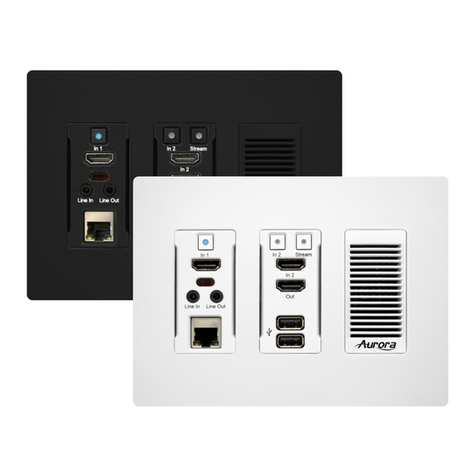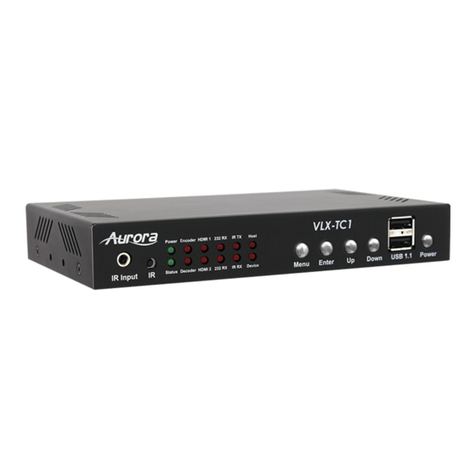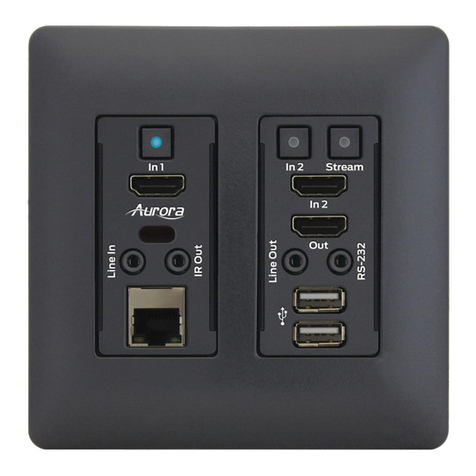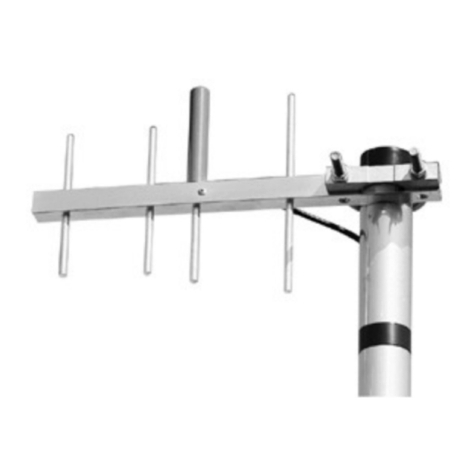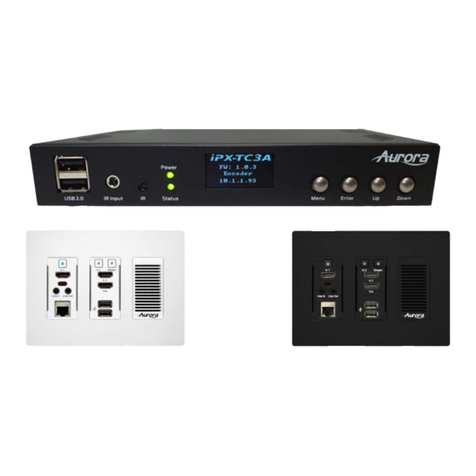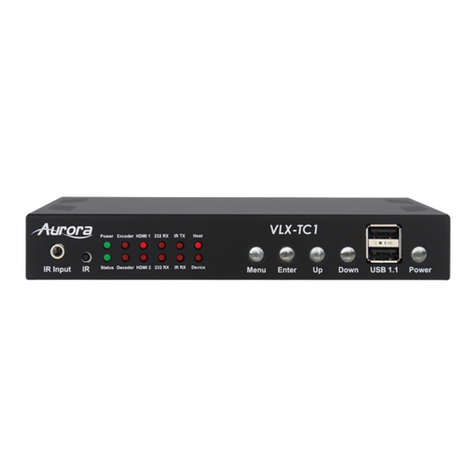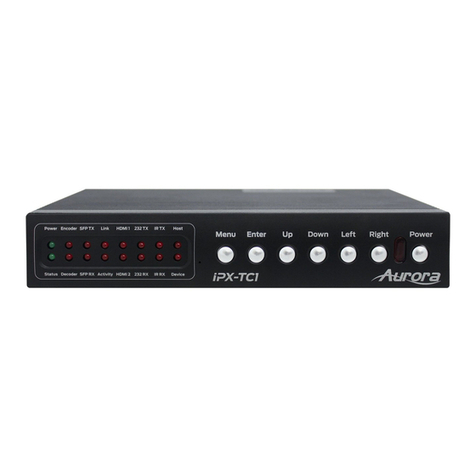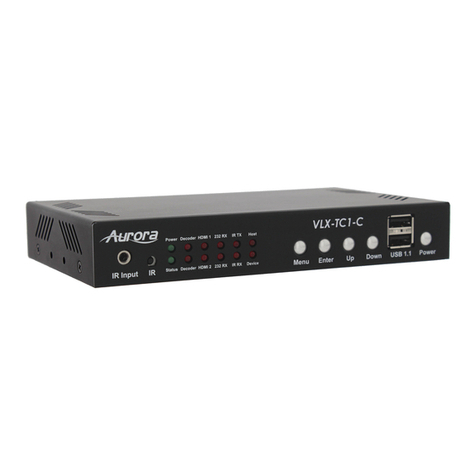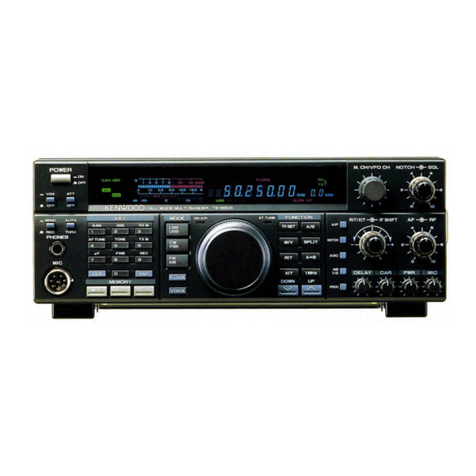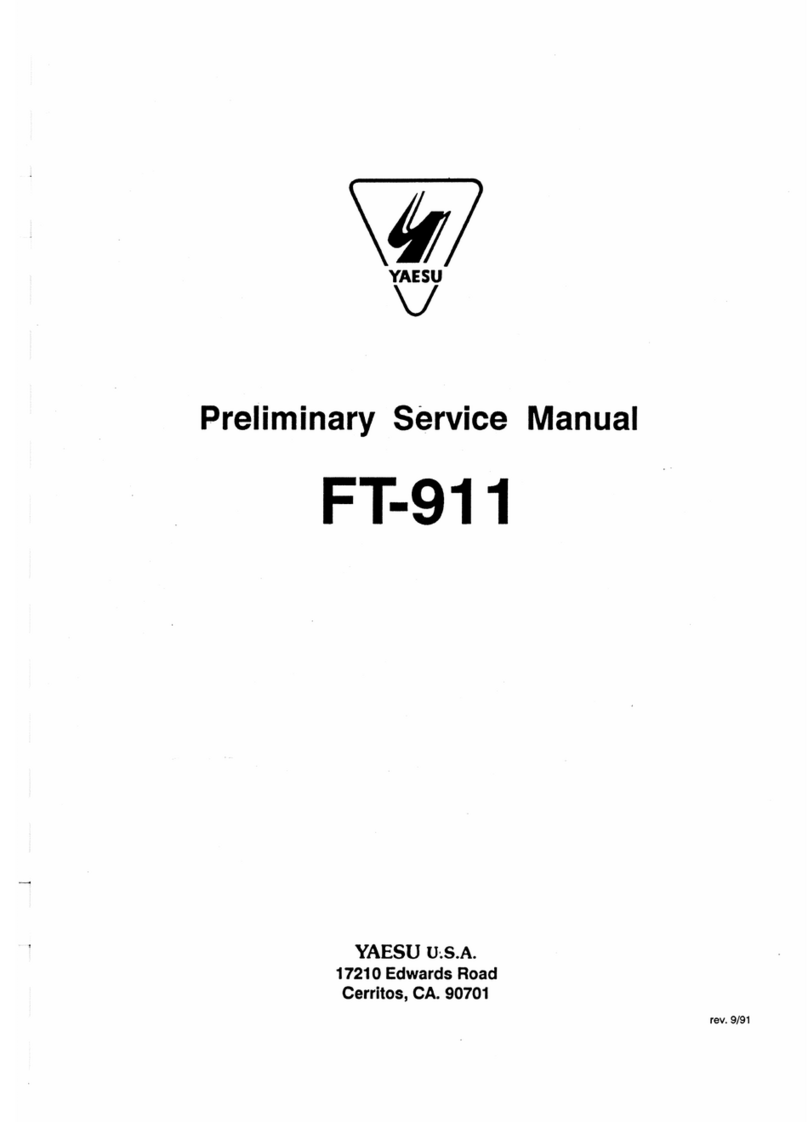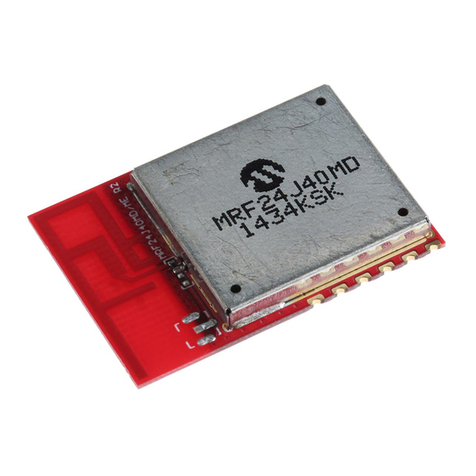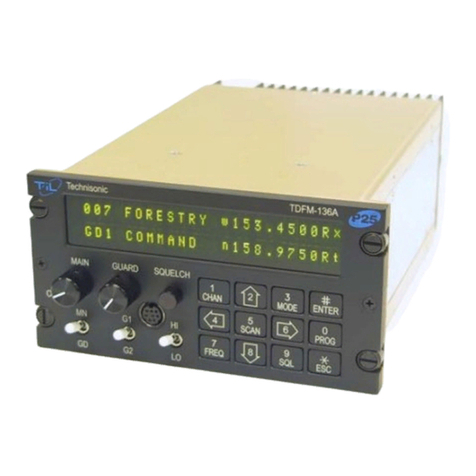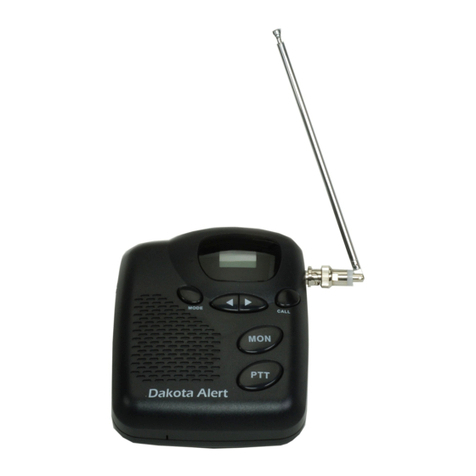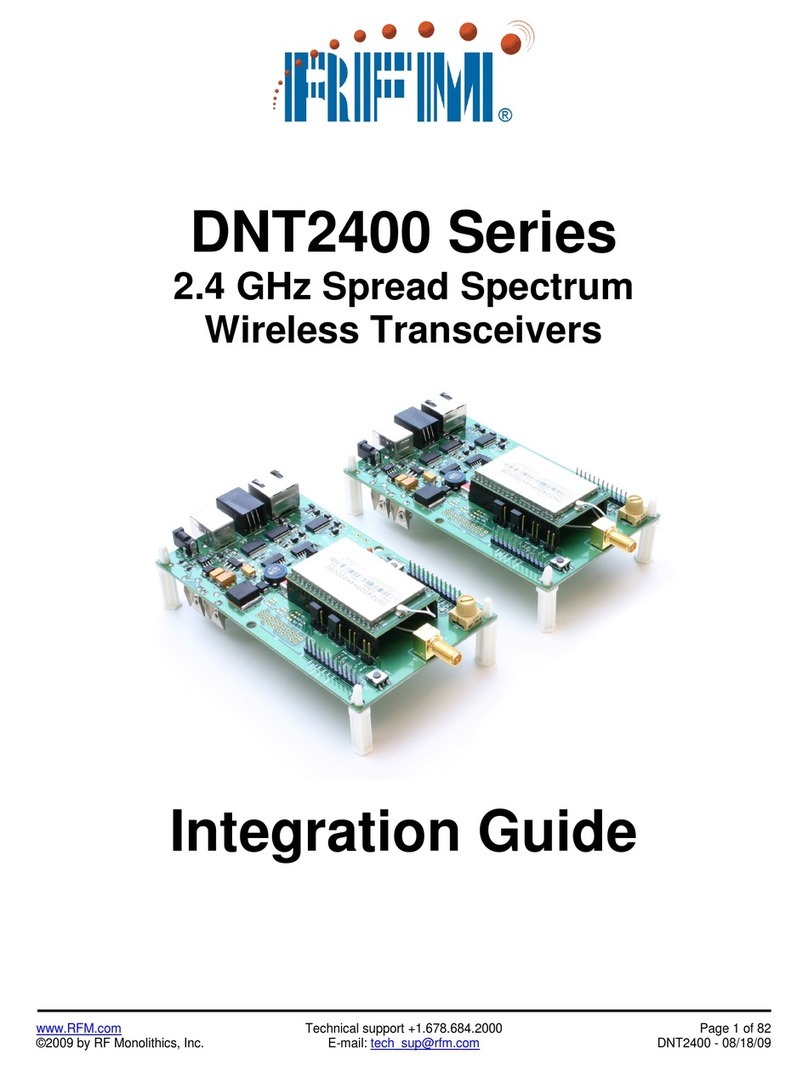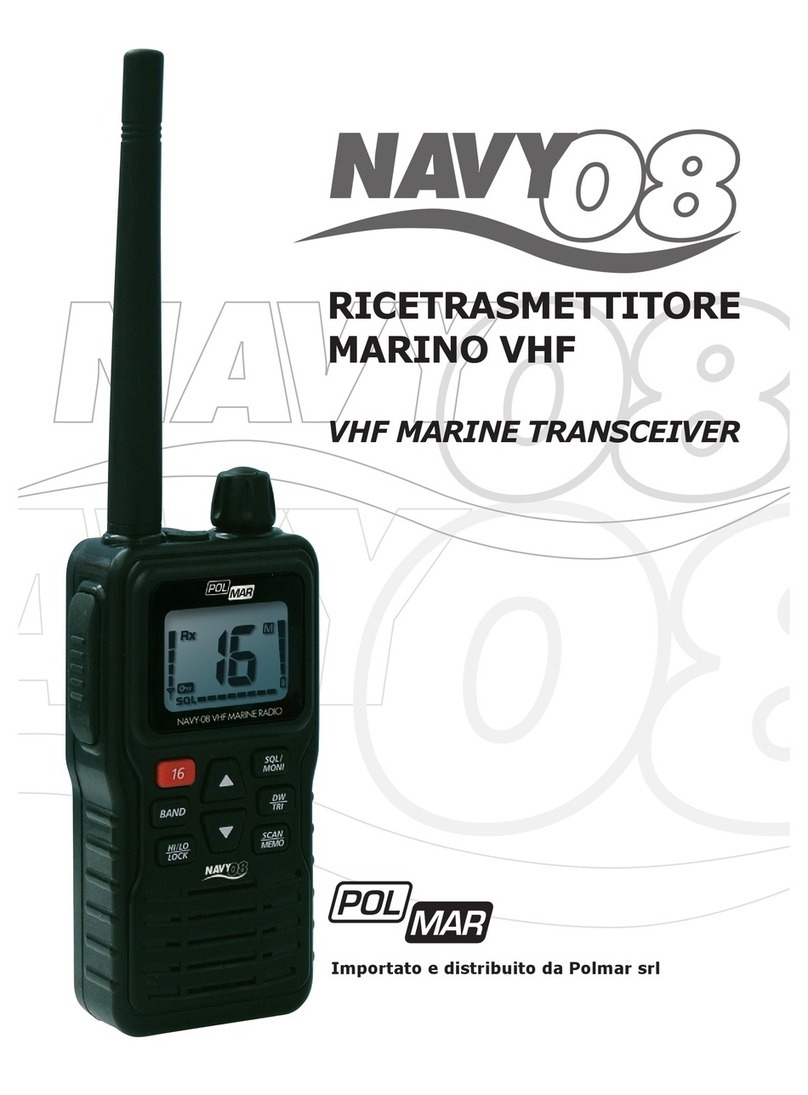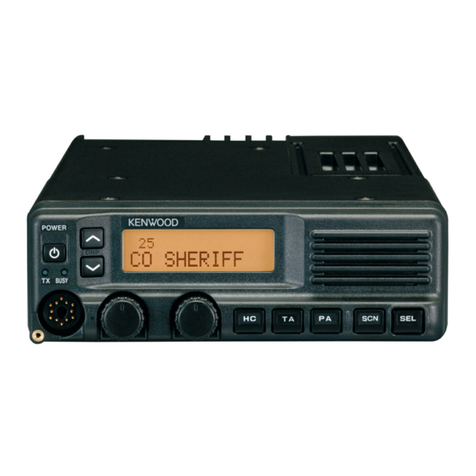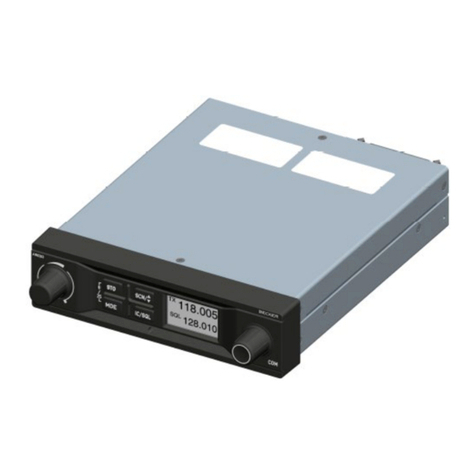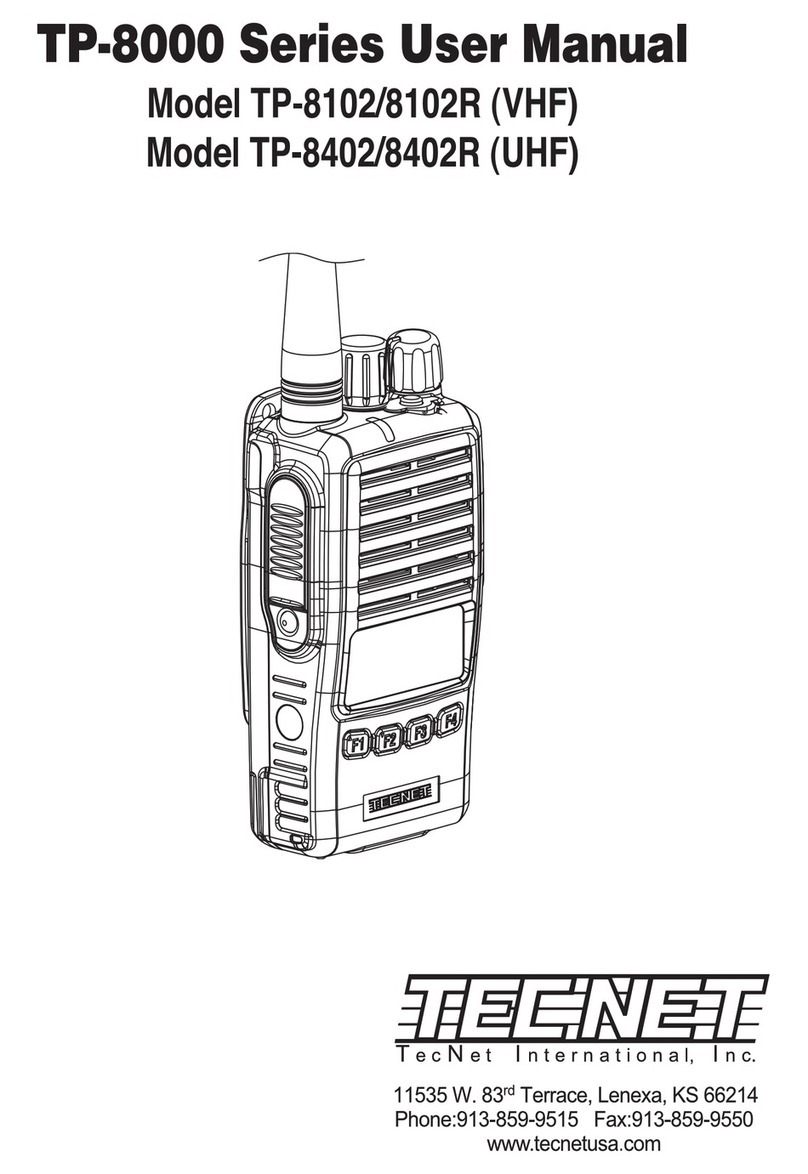
www.westpennwire.com
UNDERSTANDING THE BASICS
Direct Connection with No Ethernet Switch
The VLX Series is designed to automatically tunnel the video, audio, USB, RS-232, and IR if they are connected
without an Ethernet switch.
1GbE Ethernet Switch
It is important to use a non-blocking IGMP 1GbE switch with IGMP snooping and Jumbo packets. Te size
of the switch is based on the requirements of the project. With this in mind, consider if extra port capacity is
required for future expansion. If you run out of port capacity, you can always add another 1GbE switch in the
future. The VLX, when set to encoder (TX), determines the bandwidth that will be multicast across the network.
24bit 4k@30Hz can peak at about 850Mbps and 425Mbps for 24bit 1080p@60Hz (Data Rate in bits per second =
Color Depth x Horizontal Resolution x Vertical Resolution x Frame Rate) but typically averages 218Mbps for full
motion 4K video. Tis does not include the 10/100 LAN, 480Mbps USB, RS-232, IR over the same transmission
if required. If 10 units are set as encoders, and 4K@30Hz is the desired video resolution, then 8.5Gbps of band-
width will be required if uplinked to another switch. If the available bandwidth between the two 1GbE switches is
less than 8.5Gbps, then packets will drop and information will be lost. It is also a good idea to take into account
overhead and assume 15% bandwidth loss to play it safe. Since each port is bi-directional 1Gbps, it enables any
port to be used as an encoder or decoder. The AV industry is used to standard distribution topology limitations of
4x4, 8x8, 16x16, etc. With networked based video distribution, a 48 port 1GbE switch as an example can be 24x24,
1x47, 47x1, 12x36, etc. If bandwidth is tight the VLX has the ability to cap the bandwidth at 200Mbps which will
work well for most applications. (see Ethernet Bandwidth Usage section for more detailed information)
Network Infrastructure
Te raw network cabling as well as the patch cables are as important as the switch. When using copper, CAT5e, 6,
or 6a cable is preferred for optimal performance and is important to follow the standard rules for running Eth-
ernet cables. No sharp bends, coiling, putting near power lines, grouping tightly together with other LAN cables,
etc. Shielding is not necessary but can be used for noisy environments.
Isolated Network or Users Network
When discussing a networked based video solution, many times it is assumed it has to be on the client’s network.
This is not true. The application determines the type of network to be used. For example, if it is simply being used
as a typical AV matrix switch with no distribution throughout the facility, then a 1GbE switch can be used just
for that room. Just because it is Ethernet based does not mean it has to be used on the main network. Te Ethernet
switch is simply used as the end point for all the cables and the glue that holds everything together. In other
words, it takes the place of the standard AV matrix switch topology. If only remote control is required from the
main network, then connect the 1GbE switch to the main network and allow the control data between the 1GbE
switch VLAN and the main network. Even if the VLAN is part of the main network it does not mean you will use
all the bandwidth. The purpose of IGMP, is to only send the multicast data to the ports specified, which would be
where the VLX units are connected to. Non-blocking switch assures full bandwidth is available for all
ports as required.
10




















